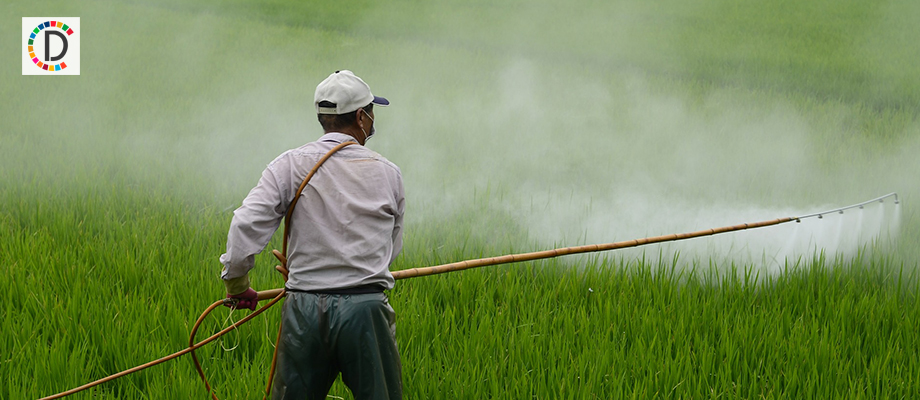Afghanistan's Opium Dynamics: Post-Ban Developments
Opium poppy production in Afghanistan has increased by 19% in 2024, despite a 2022 Taliban ban. The UNODC reports the main production shifted from the southwest to the northeast. Prices remain high, and rising costs might lead to more farmers bypassing the ban.

Afghanistan's opium poppy production, historically supplying the bulk of the world's heroin, has increased by nearly a fifth in 2024. This growth comes in the aftermath of a 2022 ban instituted by the Taliban, which initially caused cultivation to plummet by 95%, according to a United Nations Office on Drugs and Crime (UNODC) report released Wednesday.
The Taliban's decree, introduced in April 2022, saw opium farming crash to historic lows. Yet this year, cultivation has surged by an estimated 19% to 12,800 hectares, with production centers shifting from the southwest to the northeast, as highlighted by the latest findings from the UNODC.
Despite modest growth, the current cultivation levels remain significantly lower than the 232,000 hectares seen in 2022. Dry opium prices have stabilized at approximately $730 per kilogram, significantly higher than their pre-ban average. The report notes possible incentives for farmers to ignore the ban as high prices and dwindling stocks persist, especially outside traditional cultivation zones.
(With inputs from agencies.)
- READ MORE ON:
- opium
- Afghanistan
- Taliban
- UNODC
- drug
- production
- heroin
- ban
- cultivation
- prices
ALSO READ
Mizoram Strengthens Drug Battle with New Narcotics Stations
Revolutionary Triple-Drug Therapies: A Beacon of Hope for Leukemia Treatment
Boeing's Cautious Recovery: 737 MAX Production Resumes Amid Supply Chain Challenges
Health Sector Faces Challenges Amid Drug Trials, Legislation, and Climate Concerns
Bolivia Extradites Former Anti-Drugs Director to Face U.S. Charges










